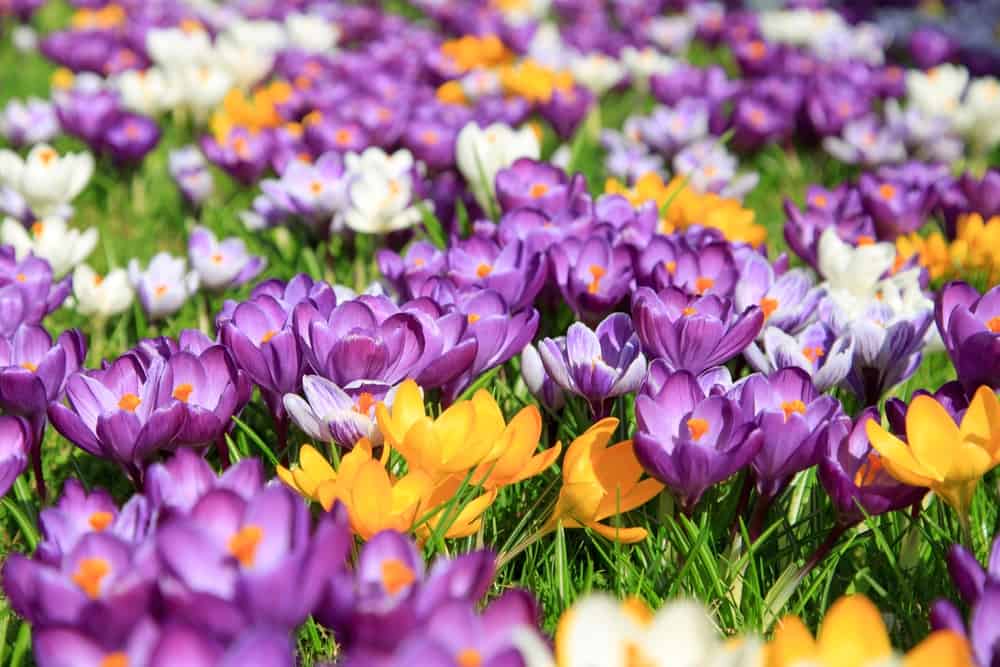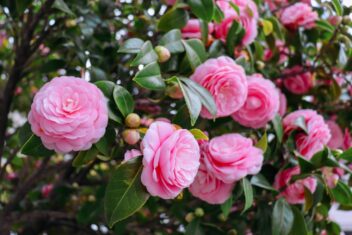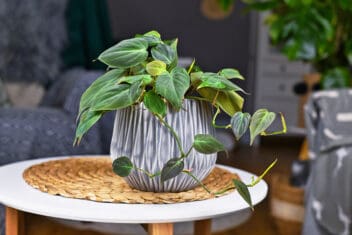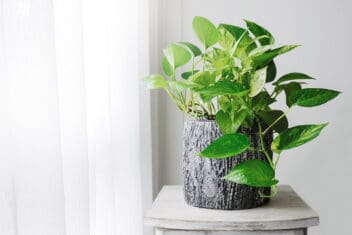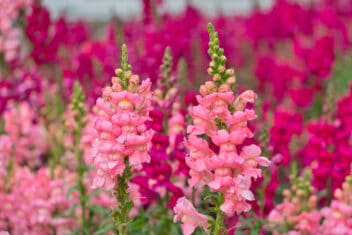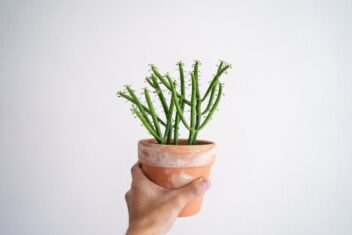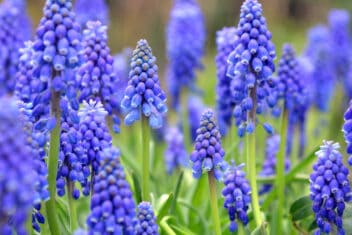After a long winter, gardeners eagerly await the first blooms to appear in spring. Crocus plants are some of the first little flowers to start growing when the weather gets warmer. You can sometimes see the petals pop up right through the snow.
It’s easy to spot the bright purple, yellow, and speckles of white among the dreary winter landscape. Not only are these flowers lovely to look at, but they attract local wildlife to your garden.
They’re beloved by honey, bumble, and honey bees as the flowers produce a large amount of pollen. Plus, there are a variety of crocus plants to choose from, depending on your taste.
Let’s begin our guide with an overview of crocus varieties.
Varieties of Crocus Plants

Crocus plants are small perennials that grow from an underground corm. These flowers are comprised of plants in the Crocus genus, which is made up of multiple different species. Crocus plants come in various colors, like white, yellow, red, and lilac.
In general, crocus plants grow up to 3-6 inches tall.
A common species for planting in the home garden is the woodland crocus or “Tommies” (Crocus tommasinianus). There are many cultivars of this species, including the lovely ‘Ruby Giant,’ which has vibrant violet-purple petals with a bright orange stigma in the center.
- ‘Dorothy’ (C. chrysanthus) has bright yellow petals with a white stripe.
- ‘Pickwick’ (C. vernus) is a vigorous grower with silvery lavender petals.
- ‘Flower Record’ (C. vernus) is massive, with red and violet blossoms with a white and yellow center.
- ‘Snow Bunting’ (C. chrysanthus) is an award-winning, vigorous flower with snow-white petals.
- ‘Albus’ (C. speciosus subsp. speciosus) has pure white petals with a yellow stigma.
- Tuscan crocus (C. etruscus) is a species with lavender petals.
- Saffron crocus (C. sativus) is one of the most well-known crocus plants. Saffron comes from this plant’s stigmas and grows in Zones 6-9.
Buying Crocus Plants
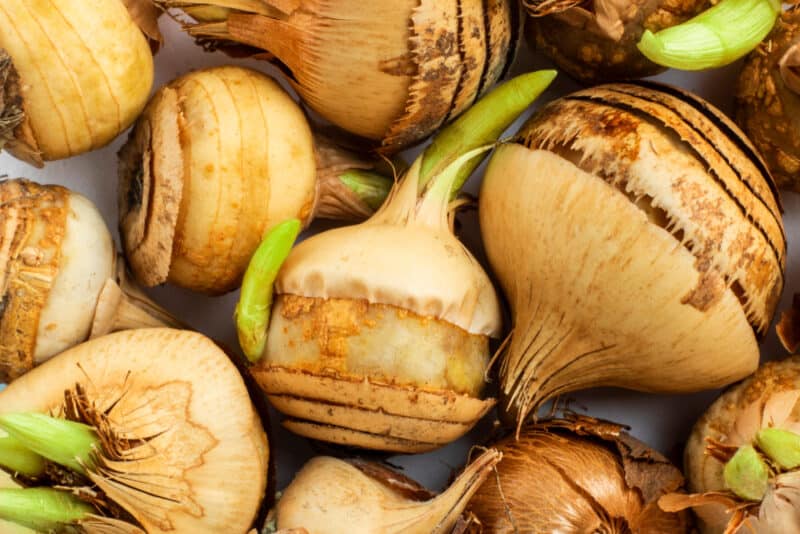
Spring crocus plants such as C. tommasinianus and ‘Dorothy’ (C. chrysanthus) can be bought in garden centers or online during the fall since you plant spring varieties in autumn. You plant them as dormant corms and wait for them to bloom when the weather warms up.
In contrast, autumn crocus plants like Tuscan crocus (C. etruscus) can be found in stores in the summer. Autumn crocus types should be planted in early September and will bloom that year.
Planting Crocus
Crocus grow in USDA Hardiness Zones 3-8, though you might have to wait until later in the year to see petals bloom in cold regions.
Ideally, they should be planted in partially sunny areas.
Note the info card when growing crocus so you know when to expect to see flowers blooming. You can write the date down in a garden journal to remind you when to expect blossoms.
Once you’ve picked the right location, it’s time to plant your crocus. Both spring and autumn varieties of crocus plants will need similar climate conditions.

The best place to plant spring crocus flowers is in areas with lots of grass or open space. This allows you to make the most of their appearance and sprinkles some color into the green spaces.
Be careful if you plant them in the lawn, as they can become problematic when they naturalize. This can lead to overcrowding and spreading to areas where you don’t want them.
Place the corm 3 inches deep into the soil or three times as deep as the corm’s length. The optimal spot for crocus plants is well-draining, loose, rich soil. The pH should be between 6.0 and 7.0.
Autumn crocus planting often occurs in late summer. After the first year, crocus plants will be triggered to bloom in the following years when the temperature drops. So, don’t worry if the plants don’t bloom in the first year.
Planting Indoors or in Containers
You can grow some varieties in containers, such as Dutch hybrids. Place the crocus corms 3-4 inches deep for container growing.
You can also monitor flower blooming by placing crocus containers in warm environments inside to encourage them to produce petals.
There are two options for keeping your containers warm: cold frames or dark sheds.
Caring for Crocus
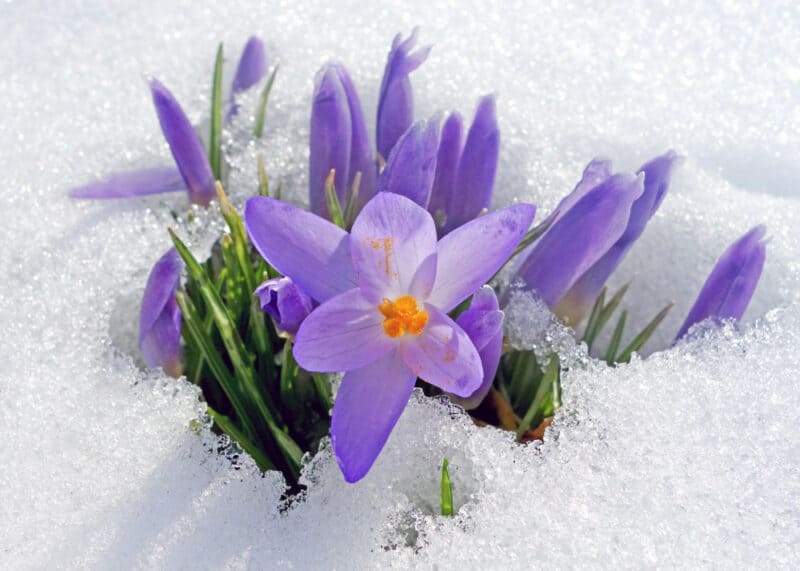
After your crocus plant has been planted in its new home, you’ll have to follow the correct caring techniques so it can keep blooming in the following years. If you plant crocus outdoors, it’s unnecessary to water them unless you experience very little rainfall.
Although, for crocus containers, you might have to occasionally top up the soil with water. This is important in summer when it’s warm, and the soil becomes dry. You can test the moisture levels by digging your fingers into the top layer and testing it.
Fertilizer
The only time you need to apply fertilizer is when the flowers fade, but the leaves are still lively. If you’re growing in containers, you can use a liquid feed to give them extra nutrients.
For example, you can use a high-potassium liquid fertilizer when the leaves are still present.
You don’t need to prune crocus plants too often, as they thrive best when left to die and re-bloom on their own. However, if you want to improve the appearance, you can prune the dead leaves as they appear.
Common Pests and Diseases
The major pests to watch out for when planting croci are squirrels and voles. These little animals love to come and dig up the corms. You can prevent squirrels from destroying your crocus plants by placing a net over the corms after planting. Voles can be avoided by planting in containers.
Prevent pets or livestock from digging up the corms. A net should also do the trick for pets.
Otherwise, these plants don’t suffer from too many more pests and diseases. Sometimes, your bulbs can be affected by fungi diseases if they are kept in wet areas for too long.
To avoid fungi growth and issues, you should be careful about the watering schedule and location of the plants. Don’t overwater, and don’t plant in heavy clay or poorly draining soil.
Environmental Issues
One of the common environmental issues is wilting. Wilting is manageable if you identify the problem quickly.
Wilting can result from the corms not being planted to the correct depth. If they’re too shallow, they dry out too quickly.
Alternatively, wilting can also be caused if the plant is waterlogged or not given enough water during the initial planting stages.
Your crocus might also grow slowly. This can be because local wildlife has been nibbling the corms or you’ve planted the corms too deep into the soil.
The final issue with crocus plants is when they refuse to bloom. If your crocus plants have been growing for years, the corms might have become compacted in the soil. You can fix this by digging up the corms and planting them in a new location.
Otherwise, the plants might need feeding, might be in too much shade, or might be too old and need to be replaced.
Using Crocus
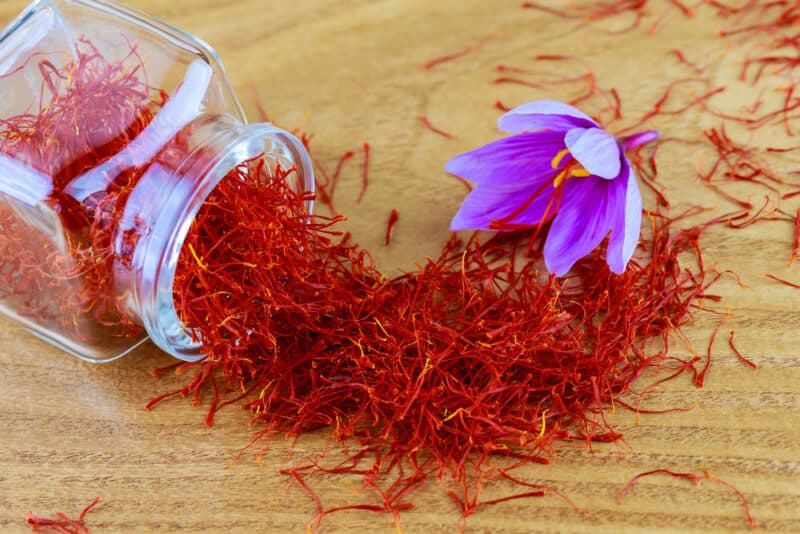
Crocus are beautiful growing in the ground, but they aren’t the best cut flowers. They have short stems and short life. One option for harvesting crocus plants is to arrange them in a bud vase.
If you’ve planted saffron, you can also harvest the stigma. The best time to harvest saffron is in the early morning when the flowers have fully opened. Then, you can simply pick off the stigmas with your hands and leave them to dry in a cool space.
Saffron will keep best in a sealed container in your kitchen cupboard.
